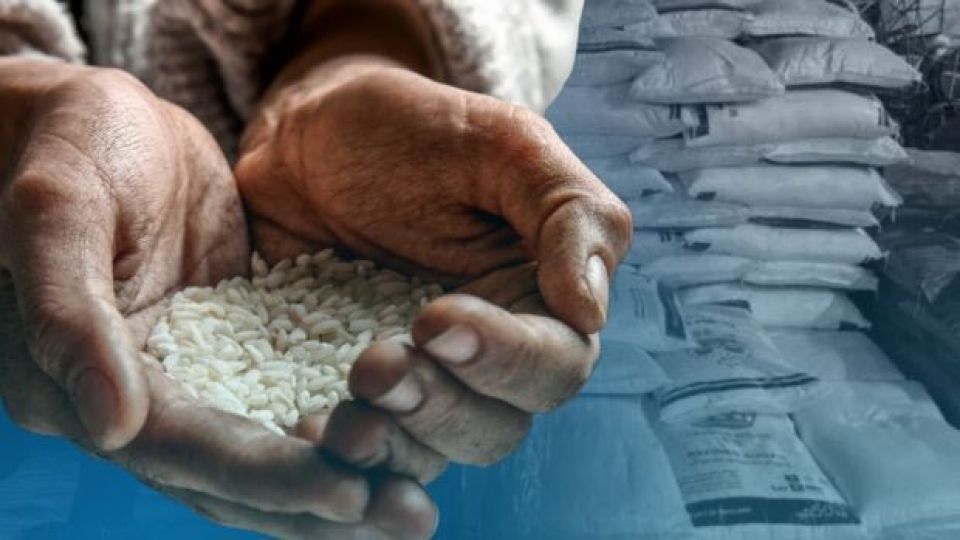September 14, 2023
MANILA – The Philippines is holding off its purchases of imported rice, moving along with its global peers, owing to the steep prices in the world market, the US Department of Agriculture (USDA) said.
The USDA’s Foreign Agricultural Service (FAS) retained its estimate of the country’s rice importation at 3.8 million metric tons (MT) for marketing year 2023 to 2024.
This was 2.6 percent lower than the 3.9 million MT recorded for marketing year 2022 to 2023.
“In 2008, top importer the Philippines continuously bought larger volumes as prices escalated; this year, it is delaying purchases, awaiting lower prices,” the report said.
Sought for comment, Federation of Free Farmers (FFF) national manager Raul Montemayor said traders are waiting on the Marcos administration’s next move following the implementation of rice price ceilings.
“Importers are adopting a wait-and-see attitude because of uncertainty over government policy and movement in international prices,” Montemayor said in a message.
According to the USDA-FAS, global prices had been increasing before India imposed a moratorium on exporting rice due to strong importer demand and lower production in several exporting countries.
It said Vietnam’s export quotes rose by $31 to $643 per ton in the previous month while in Pakistan, quotes climbed by $45 to $610 per ton on the back of strong demand following India’s export restrictions.
Thailand’s prices decreased by $13 to $643 per ton “as traditional buyers hold off purchases, awaiting lower prices.”
The report said India’s export quotes on white rice have been unavailable following its export ban on July 20.
“In the past week, prices started to decline from their peaks,” the USDA-FAS said.
Lower global supply
On a global scale, the USDA-FAS is anticipating exports to decline following India’s ban on exporting basmati white milled rice and Burma’s sluggish export pace.
“Imports are forecast down due to less demand from China and Burkina Faso,” it added.
The Philippines imported 2.33 million MT of rice as of Sept. 7, data from the Bureau of Plant Industry showed, equivalent to almost 61 percent of the 3.82 million MT of imported rice that entered the country last year.
The majority of rice imports came from Vietnam which supplied 2.1 million MT or nearly 90 percent of the total. Pakistan and India came next with 25,520.888 MT and 13,187.385 MT, respectively.
To date, the tariff rate for imported rice stands at 35 percent but there have been proposals to slash tariffs on this commodity or reduce them to zero.
This Friday, the Tariff Commission will hold a hearing to deliberate on the Foundation for Economic Freedom’s petition to reduce the most favored nation tariff rates on rice to 10 percent from the current 35 percent both for in-quota and out-quota.


